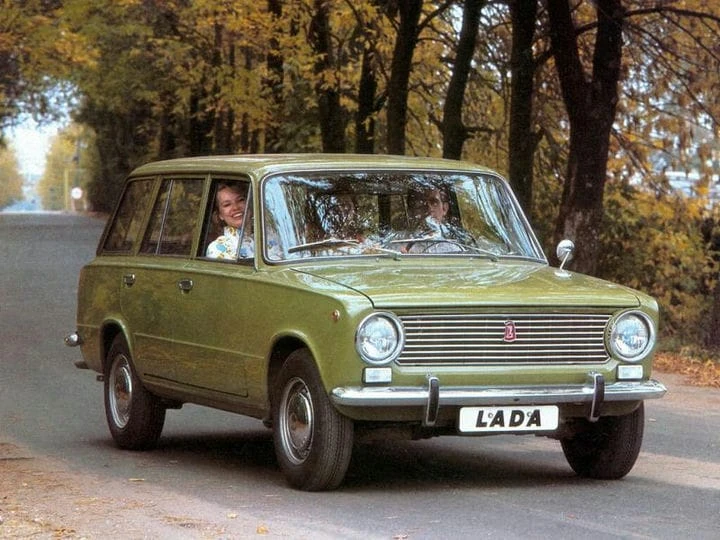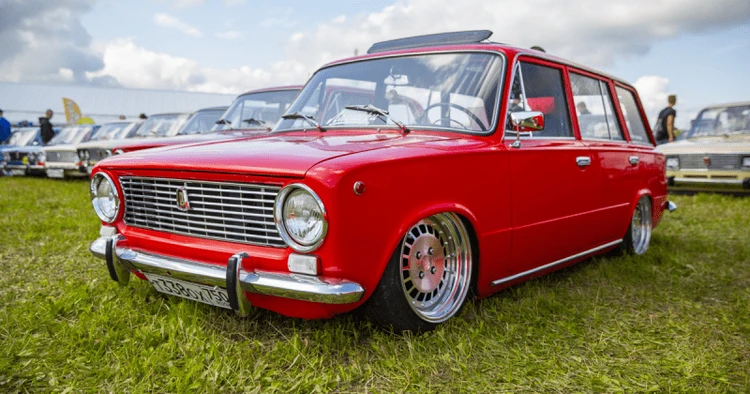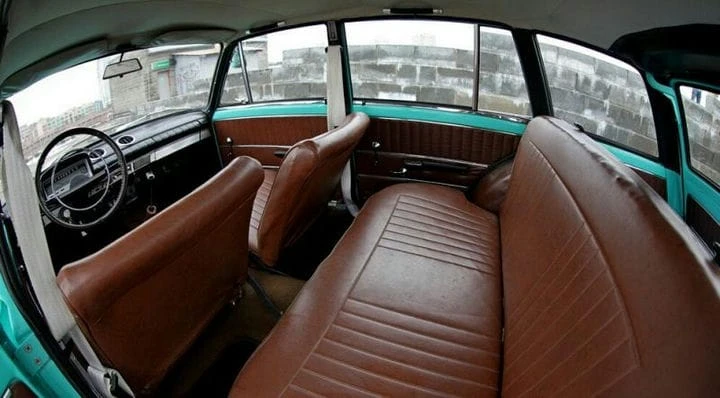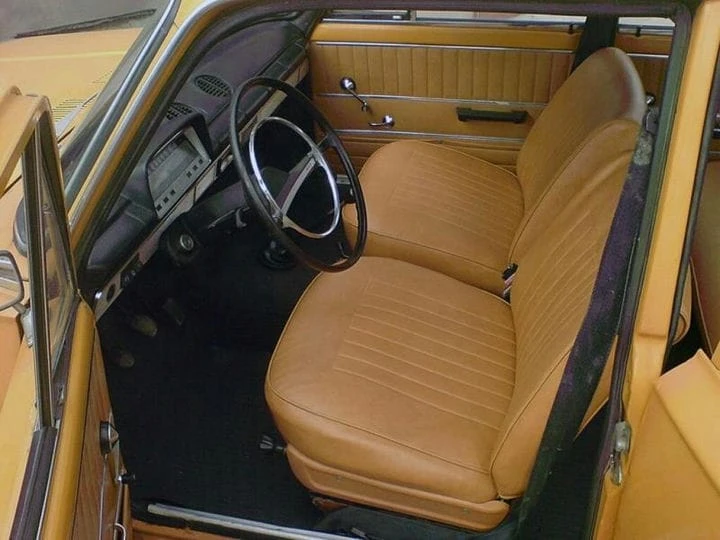Overview of the station wagon VAZ-2102
In the Soviet Union, it was rather difficult to acquire any kind of utility vehicle, since they were mainly provided to one state enterprise or another. Even a passenger station wagon was very difficult to get. The passenger car model VAZ-2102, is the first station wagon from the AvtoVAZ plant, they were sold in fairly large quantities, but they were also more difficult to buy than, for example, the VAZ-2101, which was a sedan. Model 2102 was produced during the years of the Soviet Union, they began to be assembled in 1971, and completed in 1986, in favor of newer models. This model is the second in the Zhiguli automobile family.
The car was produced in a station wagon modification, it was built on the basis of the first model, the VAZ-2101 sedan. The body of this car was frameless in its design; no subframes were used in the design of this car. The drive of the car was classic, it was rear, in which the engine and transmission were installed in a longitudinal position, relative to the longitudinal axis of the car body.
Gasoline engines of atmospheric type were installed on these cars, with a carburetor power system for the unit. According to its layout, the unit was in-line with 4 cylinders. The gas distribution system was carried out according to the SOHC scheme, a camshaft was installed in the cylinder head, which had a chain drive, and the total number of valves was 8, 2 valves per cylinder. The power of this engine was 64 horsepower, with a volume of 1200 cm3. On average, these cars consumed up to 8.5 liters of gasoline per 100 kilometers.
VAZ-2102 was equipped with a 4-speed gearbox with a mechanical shift system. The clutch of this model was dry with one driven disc, it was equipped with a hydraulic cylinder that increased the release force. The transmission of torque from the car engine to the rear drive axle was carried out using a traditional scheme, that is, a cardan shaft. The cardan shaft itself in this machine was used with an outboard bearing, that is, it was double. The shaft passed in the tunnel, which was carried out along the car body.
The front suspension was made independent, and had a “classic” scheme, and at the back there was a continuous axle, on which there was a dependent suspension with trailing arms and panhard rod. Racks were used spring with shock absorbers. The rear springs on 2102 were reinforced compared to 2101, which made it possible to increase the load capacity, which in 2102 is 250 kg. The brakes were hydraulic, drum brakes were used on all wheels, in addition, a vacuum booster was not installed on these machines. The steering part was made in the form of a worm gear without amplifiers.
There were five seats in the cabin. The seats were sheathed in leatherette, the backs were quite low. The front seats were equipped with manual adjustment. The backs of the front seats could be set to an almost horizontal position. Thus, in the cabin it was possible to get a “bed”, and sleep inside stretched out to its full height. Power windows were used with a manual drive, and there were vents on the front doors. The torpedo was equipped with a dashboard with a horizontal speedometer, as well as with wood inserts, using a self-adhesive film with the color of a tree. In the luggage compartment of the station wagon in the standard position, it could hold 345 liters, but if you fold the rear sofa, the volume will increase to 1345 liters.
Design 2102 did not differ from 2101, the main difference was in the luggage compartment. Vertical taillights were used. The radiator grille, headlight glasses, front and rear bumpers, wiper struts, rear-view mirrors, glass bezels were made in chrome. The execution of the headlights was round, direction indicators were installed under the headlights, rectangular in shape, and the “turn signals” were also installed on the wings on the sides, where they were round. On the bumpers of these cars were installed “fangs”, vertical inserts. The wheel arches were made with slight bulges, which emphasized them. The hood cover of this model opened in the direction of movement.





